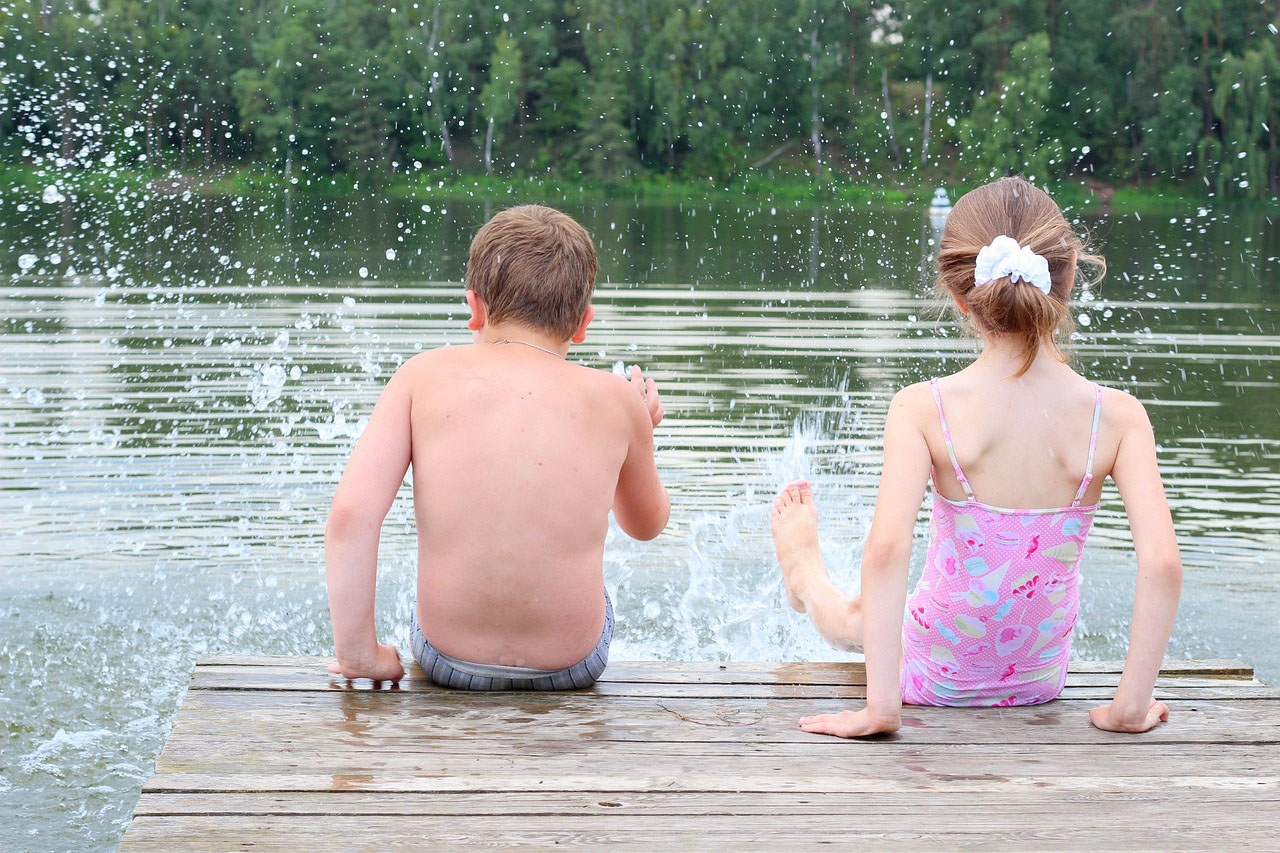One of the best summer time activities is swimming in a pool or lake, but do you know the significant risks involved with water activities? According to the Centers for Disease Control and Prevention, drowning is the number one cause of death for children ages 1 to 4 and the second leading cause of death for children ages 5 to 14.
Drowning can happen in seconds and is often silent. It can happen to anyone, any time there is access to water. It happens in lakes and oceans, pools, bathtubs, and even buckets of water.
CDC’s Healthy Swimming website provides tips for safe swimming. The following is a list of a few of their recommendations.
Supervise without distractions. Designate a responsible adult to supervise closely and constantly when children are in or near water (including bathtubs and small kiddie pools). Adults watching kids in or near water should avoid distracting activities like reading, using the phone, and consuming alcohol or drugs, because drowning happens quickly and quietly. Adults should supervise children closely even when lifeguards are present.
Wear a life jacket. The United States Coast Guard reported 658 boating-related deaths in 2021 — 81 percent died by drowning, and 83 percent of these people were not wearing life jackets.
Life jackets reduce the risk of drowning for people of all ages and swimming abilities. Life jackets should be used by children for all activities while in and around natural water. Life jackets can also be used by weaker swimmers of all ages in and around natural water and swimming pools.
Life jackets should be United States Coast Guard approved and should be appropriately sized for the wearer. Do not rely on air-filled or foam toys, as these are not safety devices.
Sign up for swim lessons. Participation in formal swimming lessons can reduce the risk of drowning among children and young adults by up to 88 percent.
Install fencing around pools. Proper pool fencing reduces a child’s risk of drowning by 83 percent.
Do NOT dive into shallow water. If you do not know how deep the water is, play it safe and do not dive.
Never swim alone. Always swim with a buddy. The buddy system is especially beneficial for people with seizure disorders or other medical conditions that increase their risk of drowning.
Know the risks of natural waters. Lakes, rivers, and oceans have hidden hazards such as dangerous currents or waves, rocks or vegetation, and limited visibility.
Learn CPR. Knowing CPR could save someone’s life if CPR is administered while waiting for paramedics to arrive. Many organizations such as the American Red Cross and American Heart Association offer CPR training courses, both online and in-person.
Avoid alcohol. Alcohol impairs judgment, balance, coordination and increases risk-taking behavior. In fact, among adolescents and adults, alcohol use is involved in up to 70 percent of deaths associated with water recreation, like boating or swimming.


